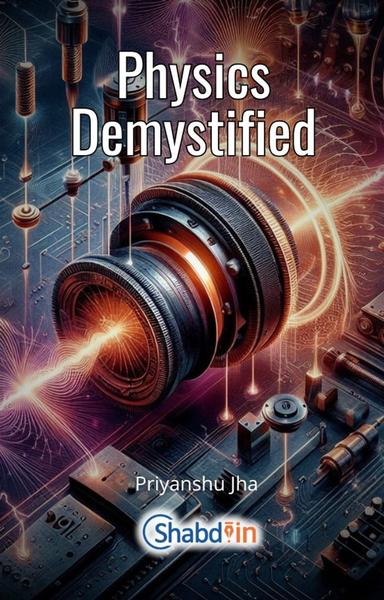Quantum entanglement is a phenomenon that lies at the heart of quantum mechanics, challenging our classical intuitions and redefining our understanding of the fundamental nature of reality. This article explores the enigmatic world of quantum entanglement, delving into its origins, implications, and the mind-bending principles that govern particles entangled in ways that seem to defy the conventional boundaries of space and time.
Origins of Quantum Entanglement:
Quantum entanglement emerges from the peculiar principles of quantum mechanics, a branch of physics that describes the behavior of particles at the smallest scales. The concept was famously introduced in the EPR (Einstein-Podolsky-Rosen) paradox, a thought experiment proposed by Albert Einstein, Boris Podolsky, and Nathan Rosen in 1935. The paradox challenged the completeness of quantum mechanics by highlighting the seemingly instantaneous connection between entangled particles.
Entangled Particles and Superposition:
Entanglement occurs when two or more particles become correlated in such a way that the state of one particle cannot be described independently of the state of the other(s). Importantly, these particles can exist in a state of superposition, meaning they can exist in multiple states simultaneously until measured or observed.
Spooky Action at a Distance:
One of the most intriguing aspects of quantum entanglement is the phenomenon referred to by Einstein as "spooky action at a distance." When the state of one entangled particle is measured and collapses into a definite state, the state of the other particle, regardless of its separation in space, is instantaneously determined. This apparent violation of the speed-of-light limit challenges classical notions of causality and locality.
Quantum Entanglement and Bell's Theorem:
Physicist John Bell formulated a theorem, known as Bell's Theorem, which placed constraints on the types of correlations that can exist between entangled particles if the predictions of quantum mechanics are accurate. Numerous experiments testing Bell's inequality have consistently shown results that align with quantum predictions, supporting the existence of non-local correlations.
Applications in Quantum Information Science:
While the profound nature of quantum entanglement raises philosophical questions about the nature of reality, it also has practical applications. Quantum entanglement is a key resource in quantum information science, forming the basis for quantum cryptography, quantum teleportation, and quantum computing. These technologies leverage the unique properties of entangled particles for secure communication and advanced computational tasks.
Quantum Entanglement and Fundamental Questions:
The mysteries surrounding quantum entanglement have sparked debates and discussions among physicists about the nature of reality, the role of consciousness in quantum measurement, and the possibility of hidden variables influencing the outcomes of experiments. The philosophical implications of entanglement continue to be a subject of exploration and speculation.
Challenges and Future Directions:
Despite the remarkable progress in understanding and exploiting quantum entanglement, challenges remain. Researchers are actively working to develop practical quantum technologies, improve the fidelity of entangled states, and explore the potential for entanglement in novel quantum systems. The ongoing pursuit of understanding entanglement is driving advancements not only in physics but also in the broader landscape of technology and information science.
Conclusion:
Quantum entanglement stands as a profound and mysterious aspect of the quantum world, challenging our intuitions and expanding the boundaries of our understanding of the universe. As scientists continue to explore the implications of entanglement and harness its properties for technological applications, the enigmatic connection between entangled particles promises to remain a captivating and central focus in the ongoing journey to comprehend the quantum realm.















